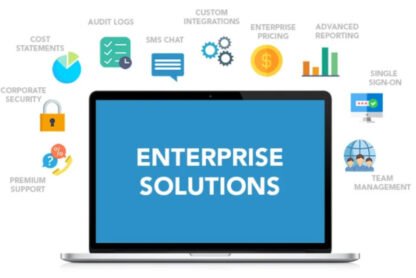E-commerce has revolutionized how businesses and consumers interact, offering unparalleled convenience and a global marketplace. But behind the smooth experience customers enjoy lies a complex fulfillment process.
From managing inventory to ensuring timely deliveries, merchants often stumble over obstacles that can impact their bottom line. The key is to identify these challenges and learn how to avoid them.
In this article, we will discuss just five common struggles in e-commerce fulfillment and explore actionable solutions to overcome them.
Let’s begin!
Inventory Management
Managing inventory effectively can be incredibly challenging for both small and large businesses. Having too much stock ties up capital and storage space, while insufficient inventory leads to dreaded stockouts and lost sales. Not to mention it can be challenging to keep up with seasonal demands and busy periods.
To ensure smooth management, use technology to your advantage. If you’re worried about costs, it’s worth partnering with a reputable 3PL provider such as Ryder. These professionals offer scalable e-commerce fulfillment solutions so that you can make adjustments as needed. Furthermore, they have access to advanced inventory management tools to keep your stock in check.
Shipping Delays and Mishandling
Fast shipping has quickly become a customer expectation. But for many e-commerce businesses, ensuring on-time deliveries – particularly during peak seasons or unforeseen disruptions – is a daunting challenge. Carrier delays, misrouted shipments, or damaged goods can tarnish your brand reputation.
Be sure to partner with reliable shipping providers and invest in route optimization tools to cut transit times. You should also consider splitting inventory across multiple fulfillment centers to ensure proximity to customers.
Returns and Exchanges
As you may already be aware, e-commerce returns can be a logistical nightmare. High return rates, especially in categories like fashion, make it hard to process and restock items efficiently. Furthermore, poorly managed returns eat profits and frustrate customers.
Simplify your returns process with a clear, easy-to-find return policy that includes step-by-step instructions. You can also utilize reverse logistics systems to streamline the return process and get products back to stock faster.
Managing Customer Satisfaction
Customers expect flawless service, and any mistake, such as late shipments or incorrect items, can quickly damage your retention rate. Given the competitive nature of e-commerce, even one bad experience can lead to lost customers and damaging reviews.
Prioritize proactive communication and notify customers of any delays or issues before they have to ask. Integrating customer service tools like chatbots or help desks for speedy resolution can also be beneficial.
Controlling Fulfillment Costs
Balancing affordability with efficient fulfillment is tricky. Expenses for warehousing, packaging, and shipping can grow, especially for smaller businesses trying to compete with free shipping giants.
To save money, there are a few things you can do. Firstly, optimize your packaging materials to reduce weight and shipping costs. You should also partner with fulfillment providers who offer competitive multi-carrier rates or volume discounts.
Final Words
E-commerce fulfillment may be challenging but addressing common struggles with the right strategies can make a huge difference for your company. Whether it’s leveraging technology or streamlining returns, every improvement contributes to a more efficient and cost-effective operation.









